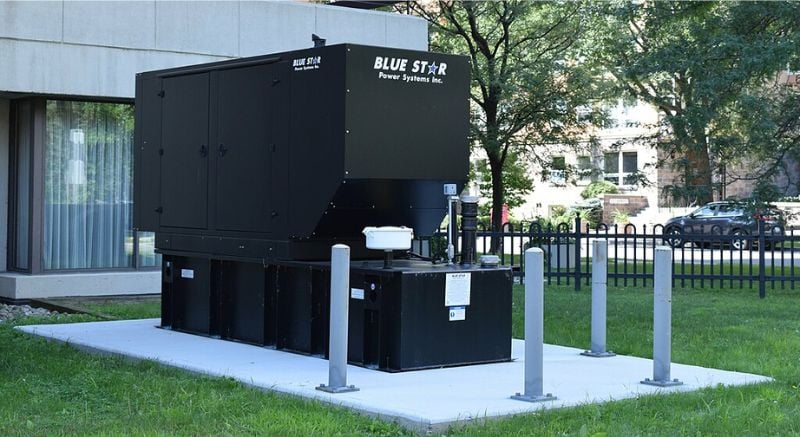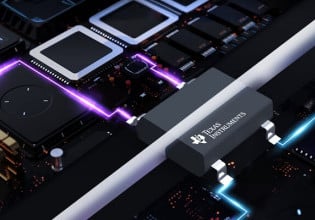Google-Backed Startup Plans Data Center Battery Microgrids
Sidewalk Infrastructure Partners, a spinoff of Google’s parent company, Alphabet, believes battery-powered microgrids will ease the energy stress caused by artificial intelligence. How will the $1 billion project work?
Data centers and the growth of artificial intelligence (AI) are putting enormous strain on the power grid. The International Energy Agency (IEA) estimates data centers now consume over 200 TWh a year, or about 1 to 1.5% of all energy worldwide. As AI chatbots like Google Gemini and OpenAI’s ChatGPT take off in popularity, energy demands could become critical.
An Arizona-based startup believes it can address the grid’s problems at the data center level. Sidewalk Infrastructure Partners (SIP), backed by Google’s parent company, Alphabet, plans to develop battery-powered microgrids for use by data centers. The project, called Verrus, will combine high-powered batteries with software to manage the power load.
Data center. Image used courtesy of Adobe Stock
How Data Centers Use Energy
Data centers use electricity for processing, cooling systems, communications, security, and building needs. A single data center uses 10 to 50 times as much power as a similar-sized office building, according to the Department of Energy.
However, data center energy use is not consistent. It spikes and wanes depending on the specific task it processes. While the grid may easily supply enough power for typical data center operations, even a few days of heavy use can threaten grid stability.
For example, when data centers are used to train artificial intelligence (AI), the stress becomes acute. Running just one AI model can use as much power as 100 homes over an entire year. Companies developing AI, such as Google, Meta, and OpenAI, usually work on multiple models simultaneously.
Backup diesel generator. Image used courtesy of Wikimedia Commons
Meeting the extra demand often involves fossil-fuel-powered solutions. Many data centers have backup power systems consisting of diesel-powered generators. Renewable energy storage systems are becoming more common on the grid level, but many areas still depend on coal-fueled peaker plants.
Verrus believes the solution lies in redesigning the data center.
Redesigning the Data Center With Battery-Powered Microgrids
Verrus’ design combines a high-capacity battery with software capable of detecting power needs and directing energy where and when needed. The flexible design allows these microgrids to function for the entire database, allocating power where and when it is most needed.
Verrus has developed a proprietary software system it says can optimize energy use, costs, and emissions. The system can quickly redirect excess power from one server hall to another with a surge in workload. The company also promises an energy-efficient cooling system.
Verrus does not specify what type of battery it will use. High-capacity backup battery systems like Tesla’s Powerwall 3 are scalable and use bidirectional technology to send power back to the grid.
Since 2019, when it spun off from Alphabet, SIP has been working with data centers and other clients to manage their energy consumption loads.
The Future of Data Center Microgrids
Verrus plans to install its first systems in Arizona, Massachusetts, and California by 2026 or 2027. However, they need an estimated $1 billion to accomplish their goals.
Alphabet is still a major partner, along with the Ontario Teacher’s Pension Plan and StepStone Group.








